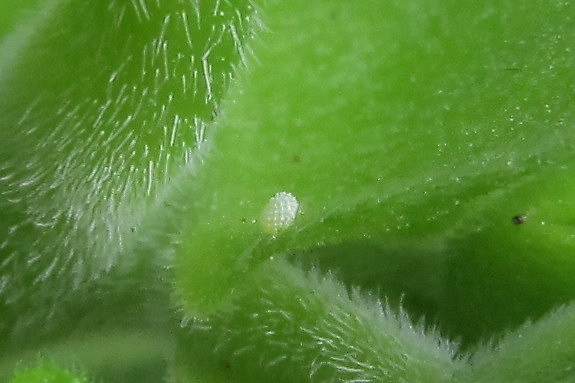
Distribution
The geranium bronze is a South African butterfly by origin, first
recorded as an accidental introduction in Europe in 1978. In 1990 it
was found in Mallorca and during the 90s spread throughout the
Mediterranean region. I saw my first in 1999, in Gibraltar. It
disperses principally by means of commerical trade in its foodplant,
Pelargonium
sp. and may become established in greenhouses far outside its zone of
possible wild colonisation. As it is continuously brooded, without
diapause, this zone is essentially only the Mediterranean region.
Further north it probably spends the winter in nurseries and enjoys
summer in the wild when the plants are put out again in the spring. I
find it every year in Aosta, in the Italian Alps, right in the middle
of the town, and also see it regularly in Barcelona in the parks and
along the streets. I know the species is well established in Lyon.
Given a good view, the geranium bronze cannot be mistaken for any other
species. Both surfaces of the wings are quite unique. The main
difficulty for would-be spotters is simply locating it. It is a tiny
and surprisingly inconspicuous butterfly that will spend hours sitting
around apparently doing nothing. Even when it flies it is not
particularly visible. It generally rests with its wings folded above
its back but opens them sometimes, usually partially.
In Spain, Portugal, Italy and the South of France it is always worth
checking roadside Pelargoniums for eggs or caterpillars even if the
butterfly itself is not apparent. The caterpillars are small,
slug-shaped and rather hairy. Because there is no diapause stage, the
butterfly can be seen in any month of the year that conditions permit
and there are Pelargoniums outside.











